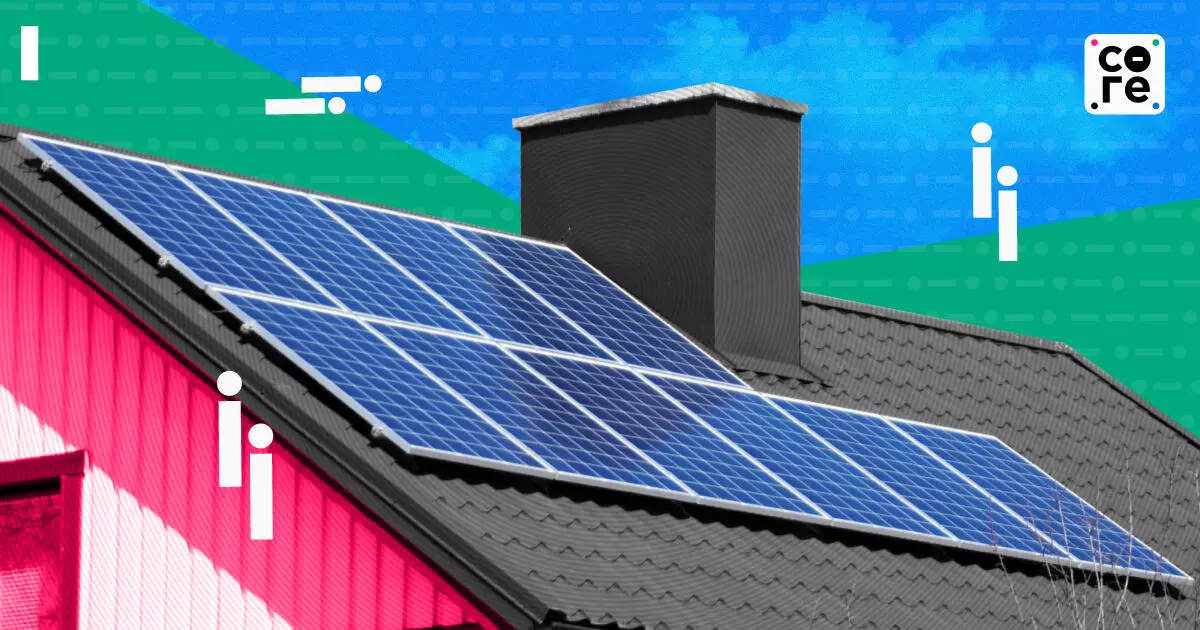
Worshipping The Sun & Saving From It
The first half of 2024 saw close to 15 gigawatts of solar capacity being set up, the highest ever for a six-month period.

Indians worship the sun as a source of life, as many civilisations do. This practice goes back to ancient Egypt. Increasingly, it has become a source of energy as well. Solar power generation in India is now touching 20% of total power generation in India. Overall fossil fuel power generation is only at 53%, because fossil fuels are reducing by the day.
The first half of 2024 saw close to 15 gigawatts of solar capacity being set up, the highest ever for a six-month period. Interestingly, 87% of the solar power generated in India is grid power, or produced at large scale and pumped into the electricity grids, mostly state government run. The other 13% comes from rooftop solar, which is where great opportunity lies.
Before we come to that, solar power generation in itself is getting cheaper and cheaper. The problem is when you combine it with battery storage which you need for nighttime supply when the sun stops shining, the cost goes up. “The combined cost is twice as that of fossil fuel-based power,” Dr Rakesh Mathur, director general of the International Solar Alliance, a pan-national body, told me on a panel titled ‘Reaching the Unreached’ on Thursday at the International Solar Festival 2024 in Delhi. The title ‘festival’ is apt for solar energy, suggesting something to celebrate rather than a seminar to grimly ponder over the future of energy.
The economics of grid power are still a little tricky but may not be when it comes to homes. I found it interesting to learn from Philip Green, the High Commissioner of Australia Philp that the country now has the highest per capita of solar energy in the world. Not just that, one-third of households in Australia now have rooftop solar, Green said during the festival.
The Clean Energy Council says rooftop solar photovoltaic systems touched 20 GW of capacity in Australia last year, are the fourth largest source of power and now represent a little over 11% of the country’s power supply. Australia is a small country, but the percentage is a good example. There are calls for more subsidies for batteries to create the flexibility of storage and thus being able to access power at all times.
India launched a rooftop solar programme in January this year, targeting 10 million rooftops, riding on previous schemes launched in 2022, including subsidies for the cost of solar panels. Around 13 million Indians have reportedly registered for this. The big opportunity is self-generation and innovation in utilities. For example, solar heating can save water heating bills, as may be the case in many homes in India. This is perhaps more in the southern part of India where I have seen it. Similarly, solar can drive power requirements for remote applications.
Going back to Australia, a friend originally from Delhi who lives in Sydney says his Tesla car is totally charged with power from his rooftop solar and he also pumps energy back into the grid. So his “electric is truly electric,” he says. It is something of a hobby for him to see if he can take less and less power from the grid and one day be completely independent of the grid.
India needs more applications like this which will decentralise and reduce distribution costs and friction. It is almost a Gandhian way of self-sufficiency if you think about it, except that it is not in a way that he would have perhaps imagined.
The first half of 2024 saw close to 15 gigawatts of solar capacity being set up, the highest ever for a six-month period.
Jessica Jani is a producer and writer at The Core where she covers mobility, sustainability and energy transition. She is based in Mumbai.

